TEN YEARS AGO TODAY: 2015 MXA 250 TWO-STROKE SHOOTOUT
WHO WINS ON PAPER?
On paper it is hard to overlook the KTM’s and Husqvarna’s class leading features. Their Brembo brakes are amazing, the self-adjusting hydraulic clutch is ahead of its time, the billet hubs are works of art and aesthetics are as modern as any bike ever made. Plus, on another paper trail, the KTM/Husky dyno numbers blow the Yamaha YZ250 out of the water.
HOW GOOD IS THE YAMAHA YZ250’S OVERALL POWERBAND?
HOW GOOD IS THE HUSQVARNA TC250’S OVERALL POWERBAND?
HOW GOOD IS THE KTM 250SX’S OVERALL POWERBAND?
WHICH BIKE WOULD GET THE HOLESHOT?
WHICH BIKE HAS THE BEST BRAKES?
 WHICH BIKE CORNERS THE BEST?
WHICH BIKE CORNERS THE BEST?
WHO HAS THE BEST SUSPENSION?
WHICH BIKE IS MOST CONFIDENT INSPIRING?
WHICH BIKE HAS THE BEST CLUTCH?
AND THE WINNER IS...


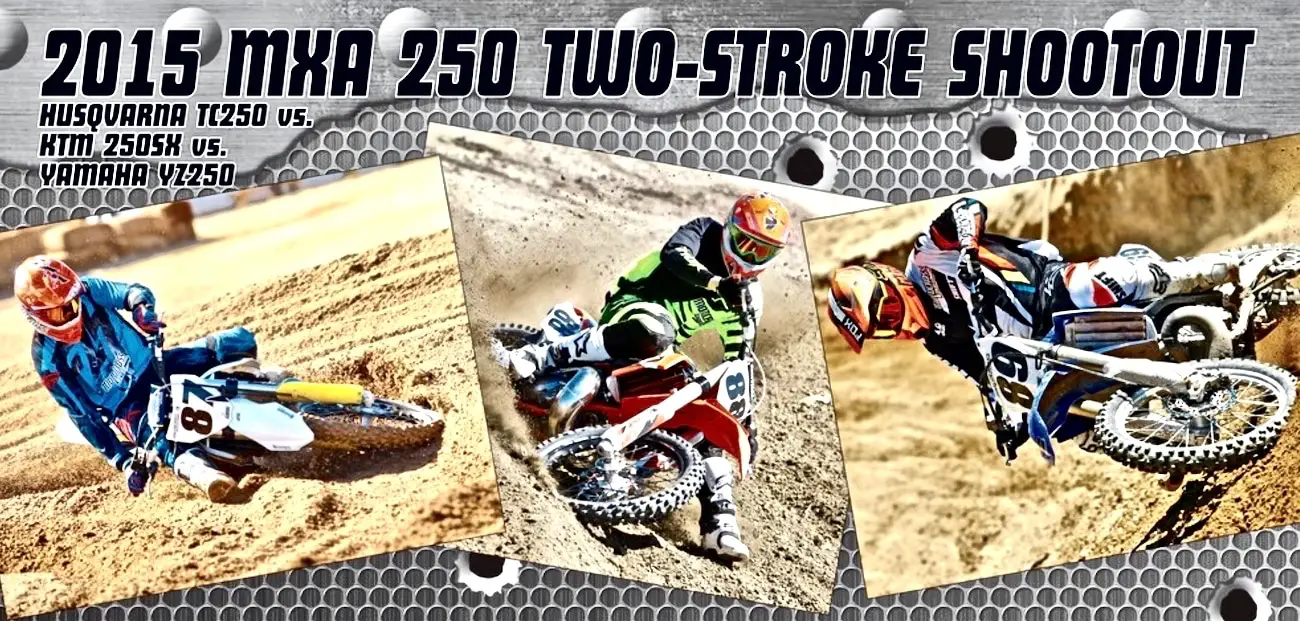
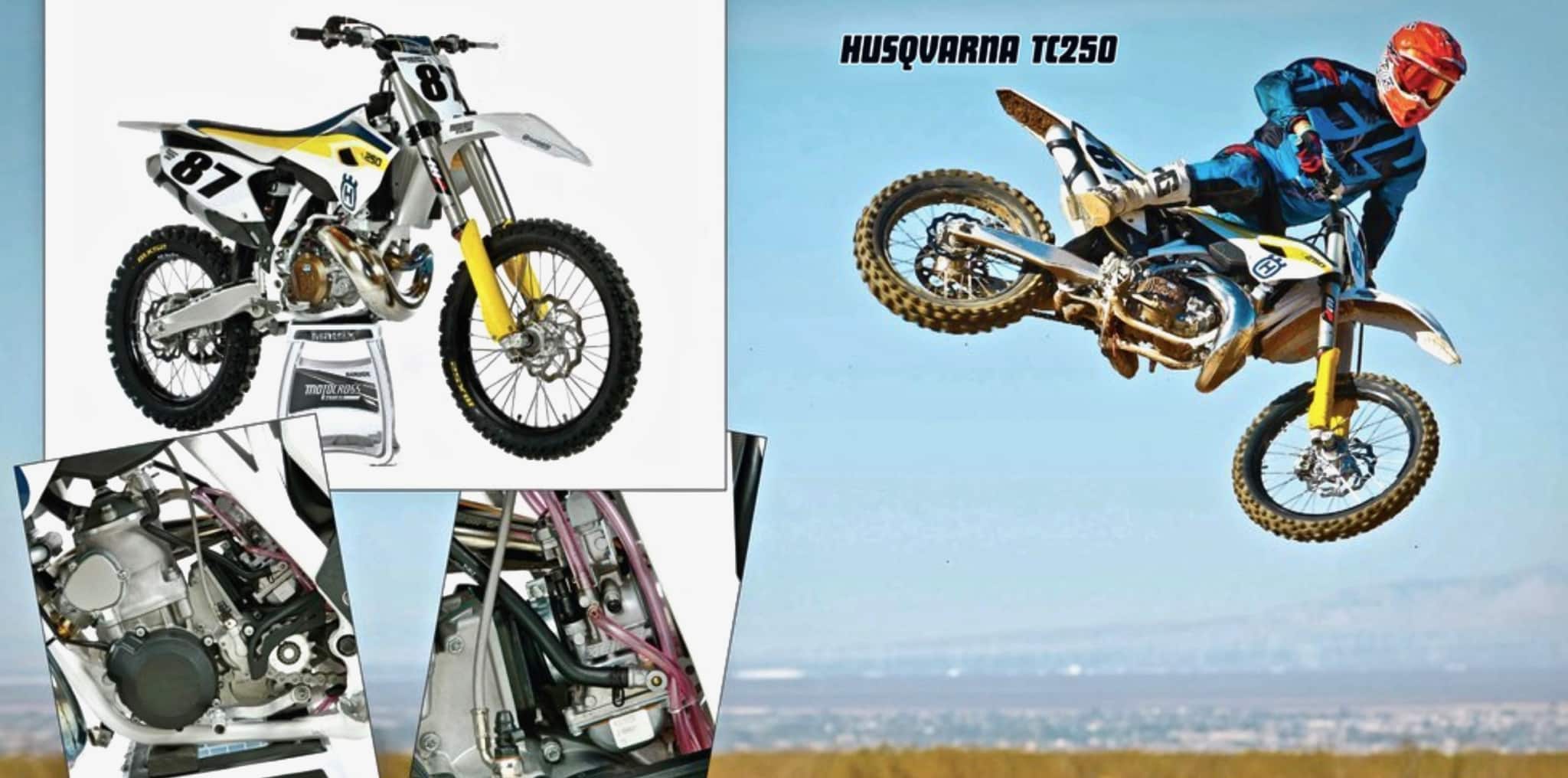


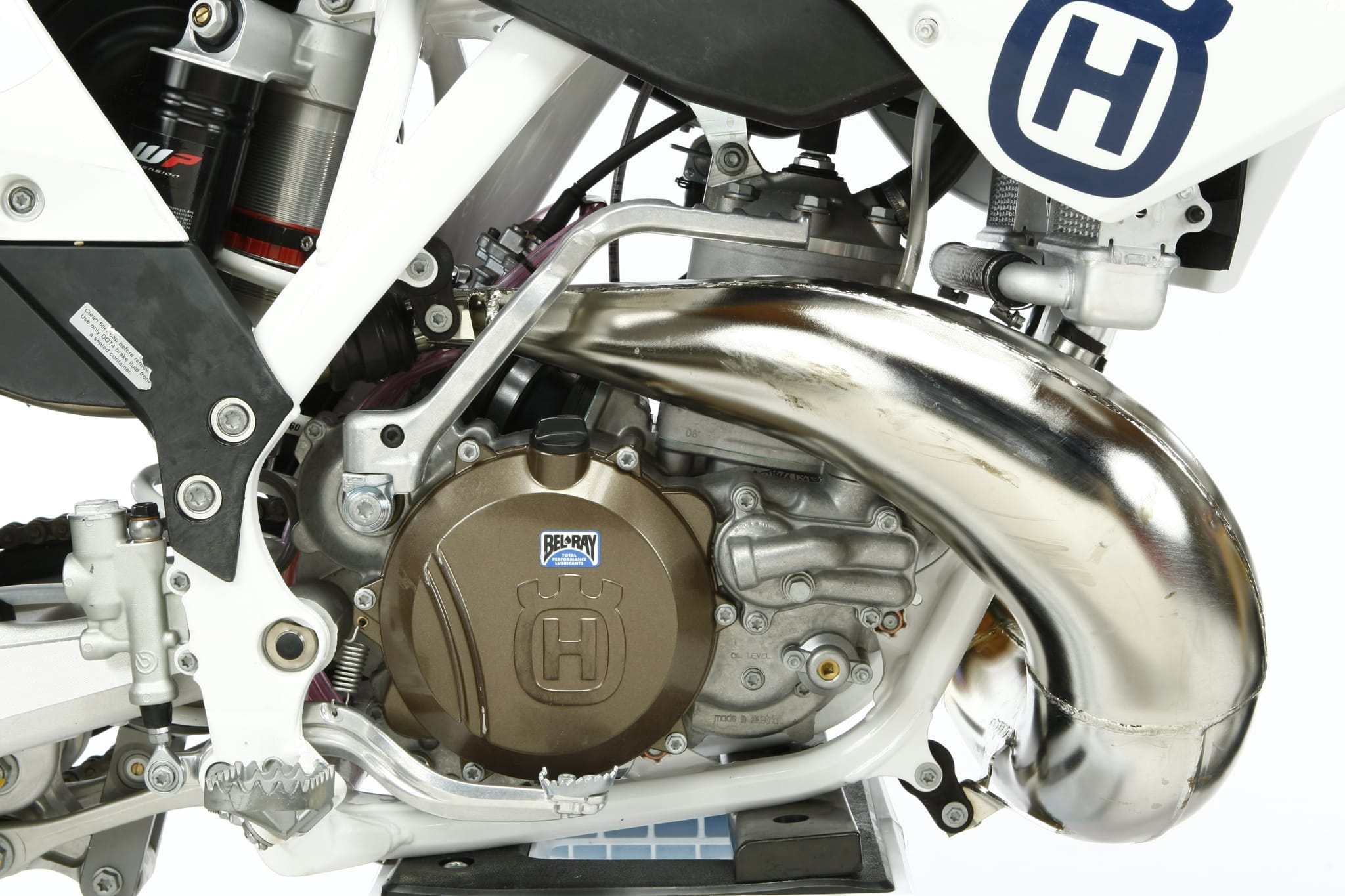
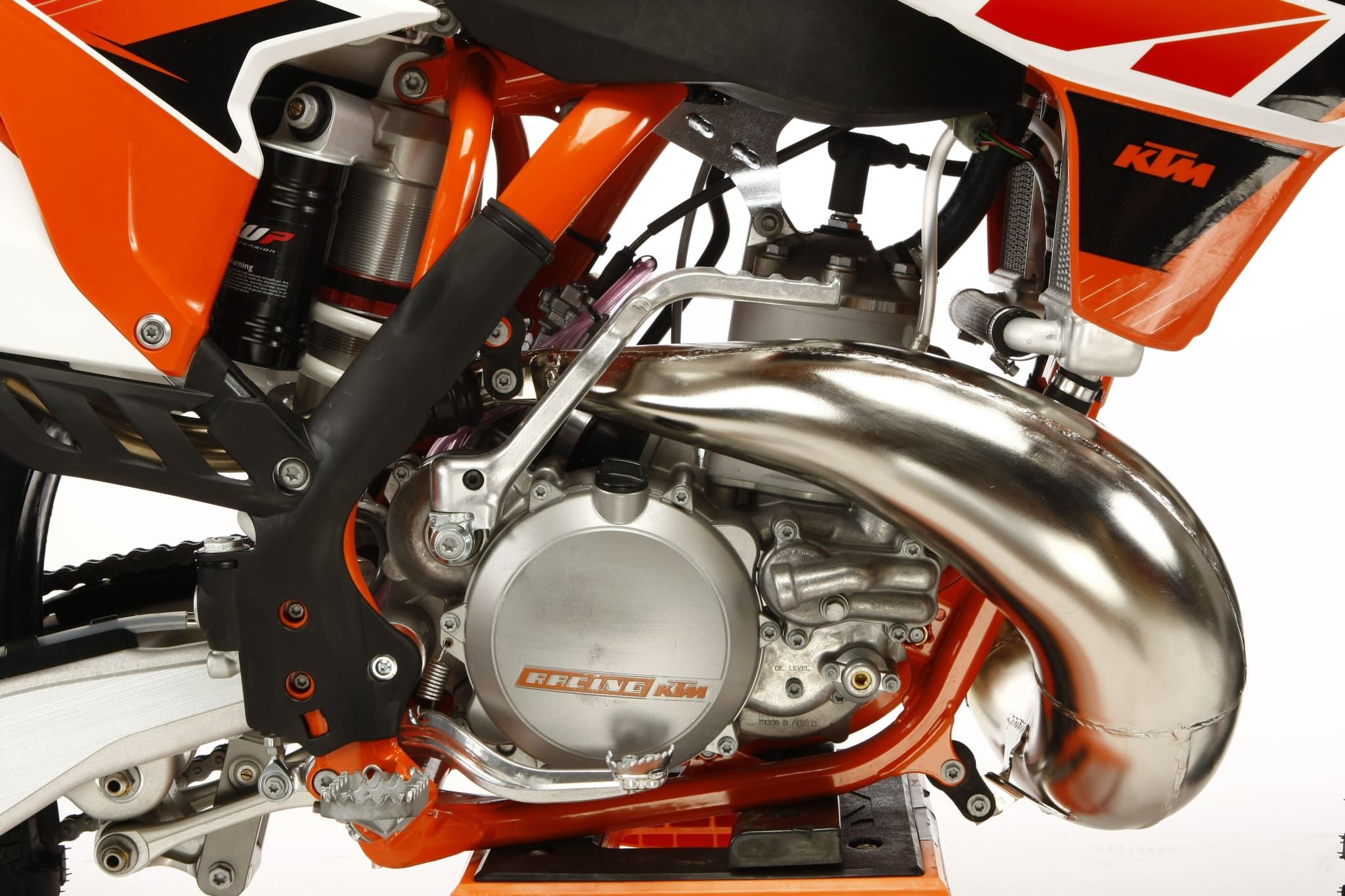
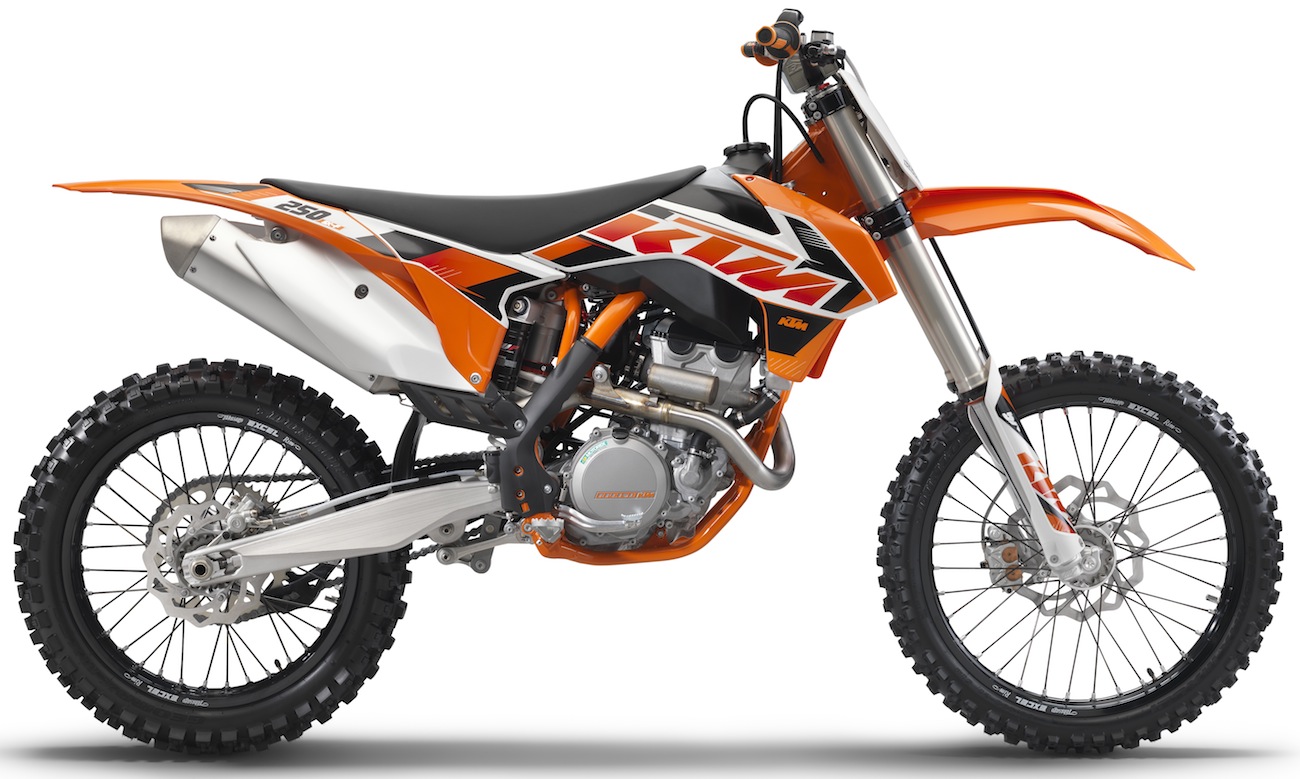


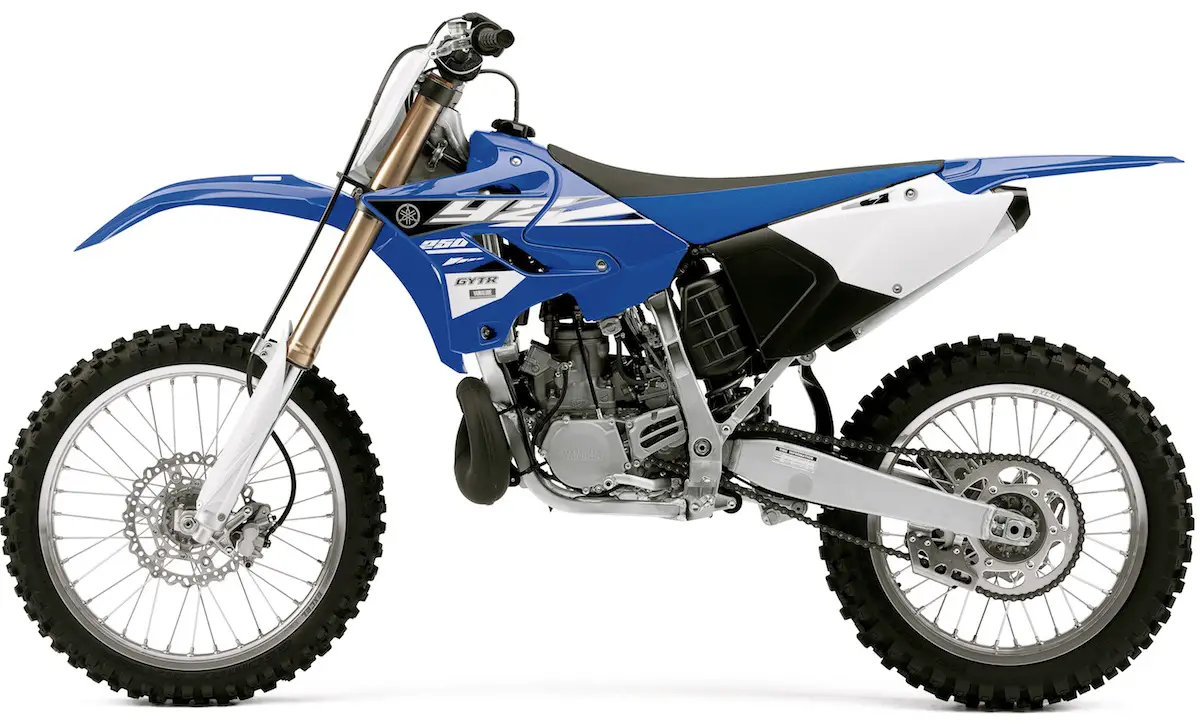

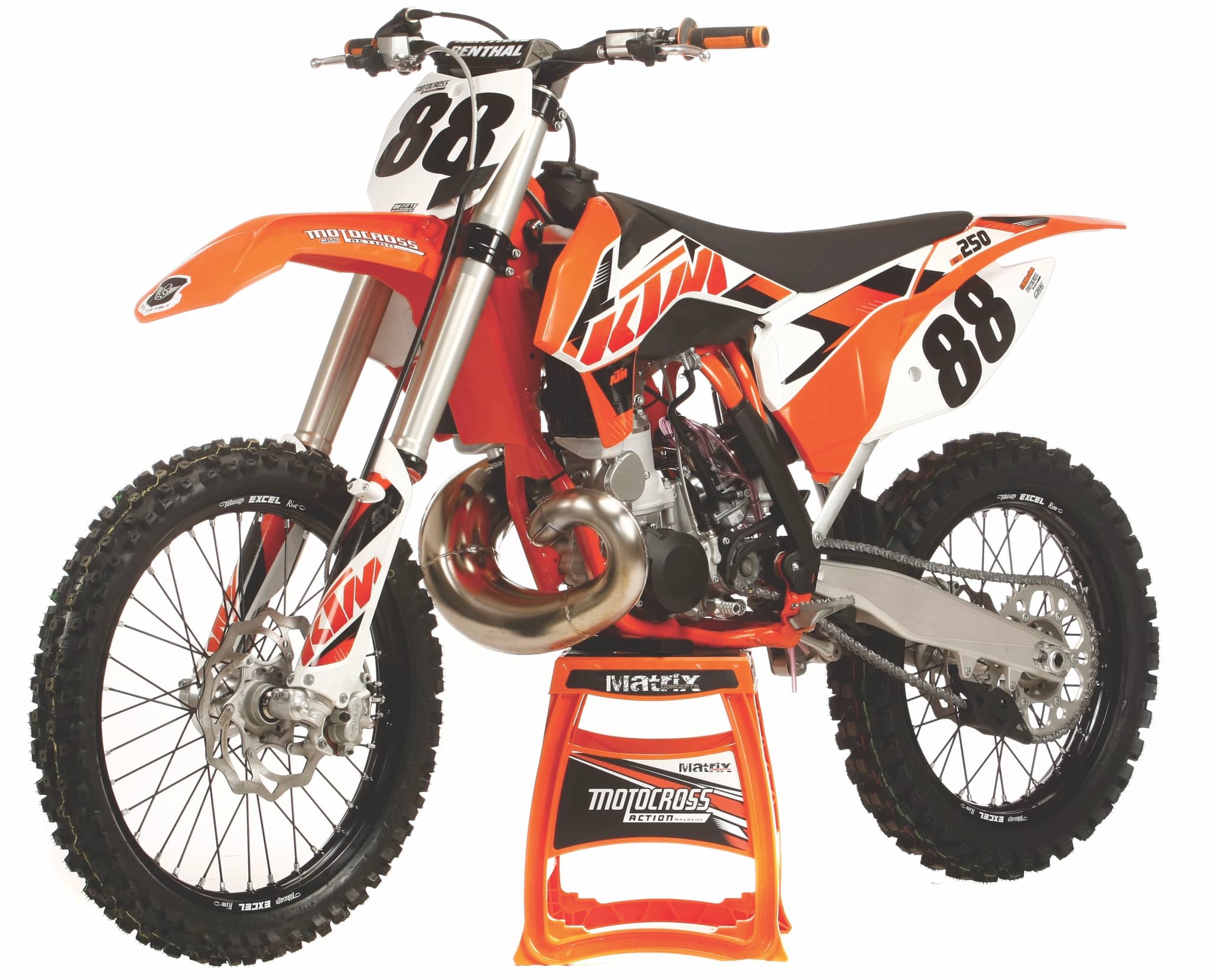


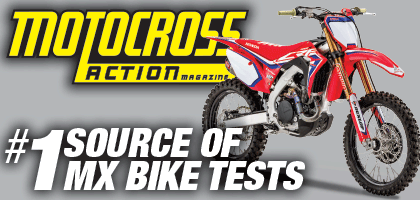


Comments are closed.